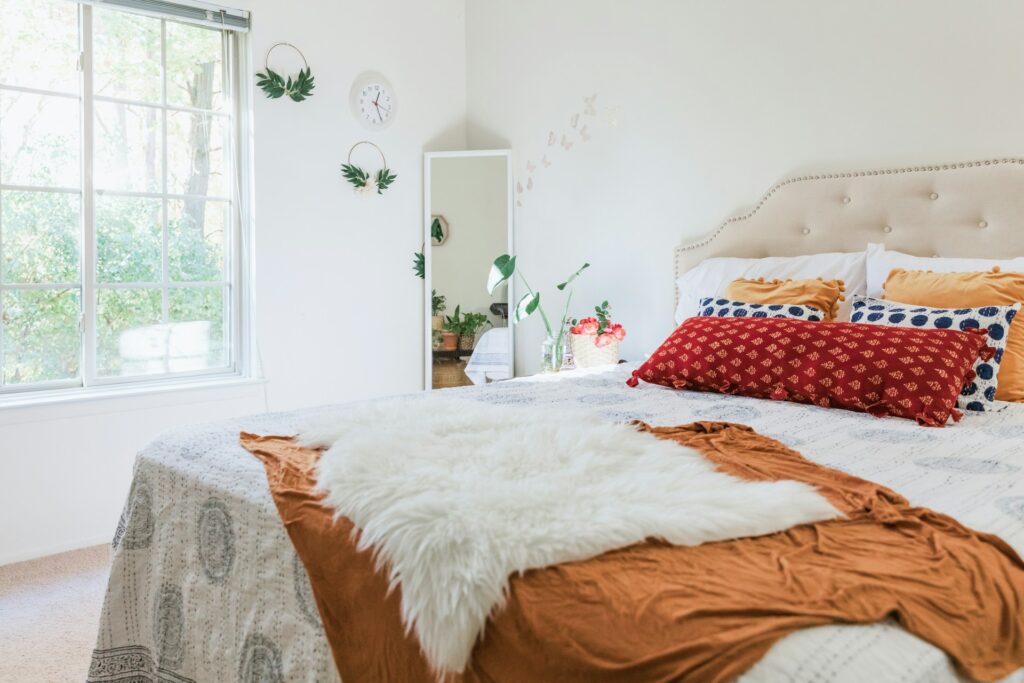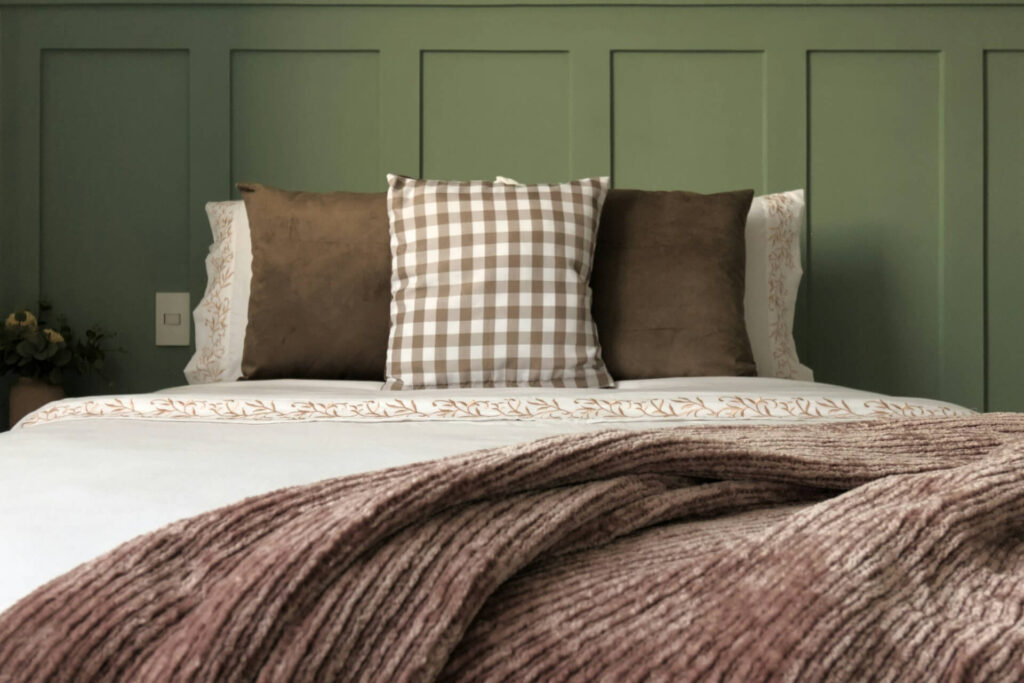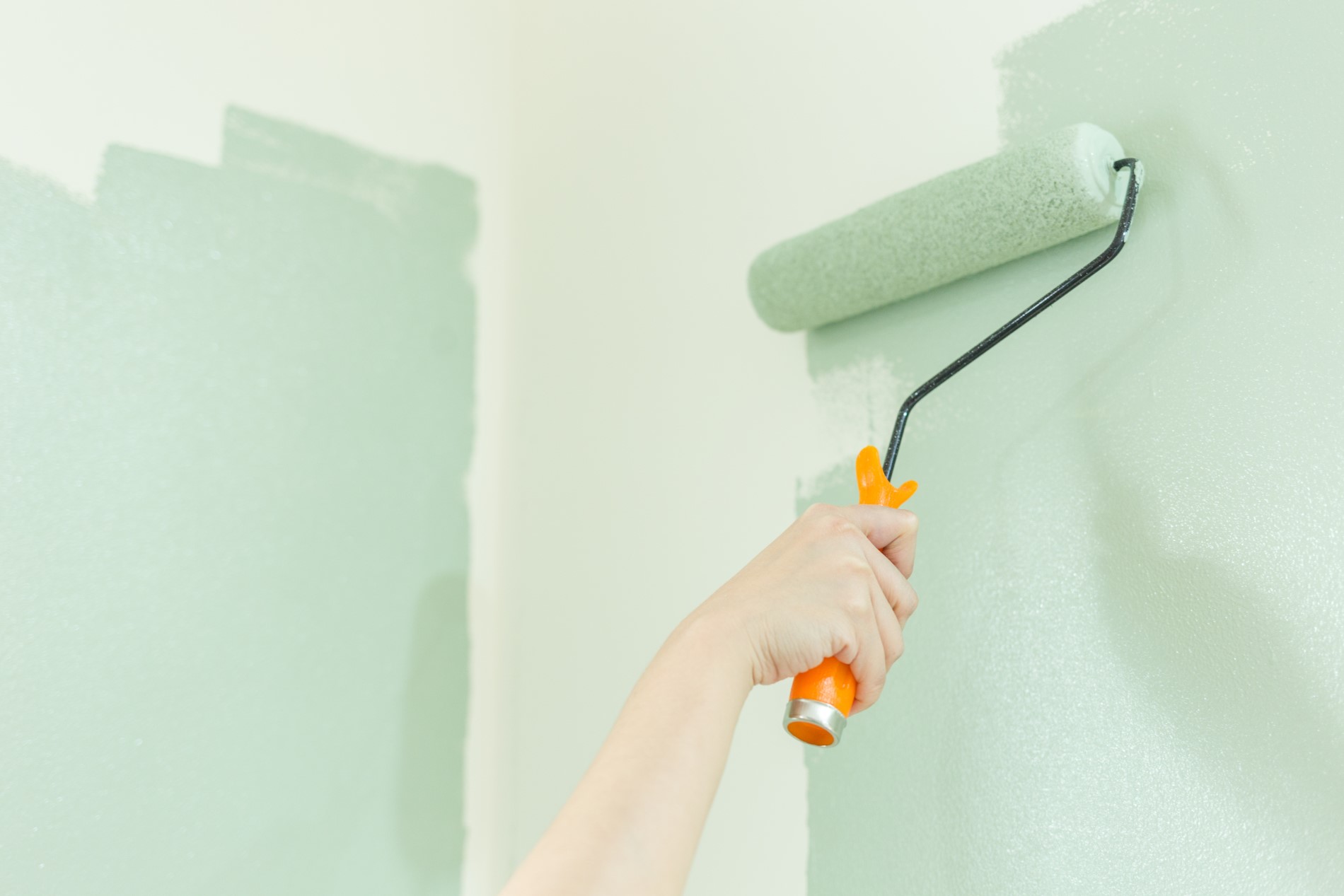
We are reader-supported. When you buy through links on our site, we may earn an affiliate commission.
There are times when you need to match a paint shade, but you may not know the exact brand or name of the product used initially. You might also see a colour you love in a fabric or painting or want to match a piece of decor.
Figuring out the exact shade you want isn’t always an easy process. There are, however, some things you can check for and do to make it easier to get the same hue you’re thinking.
1. Download an App
We’ll start with something easy and tech-focused — some of the well-known paint companies offer paint matching apps. Download to your phone and point at the painted surface for a close match.
A couple of pointers to get the best results. Snap the photo in as natural of light as possible. Hold the camera steady. Follow directions closely about how far to place your phone’s camera from the wall.
2. Gather Paint Samples
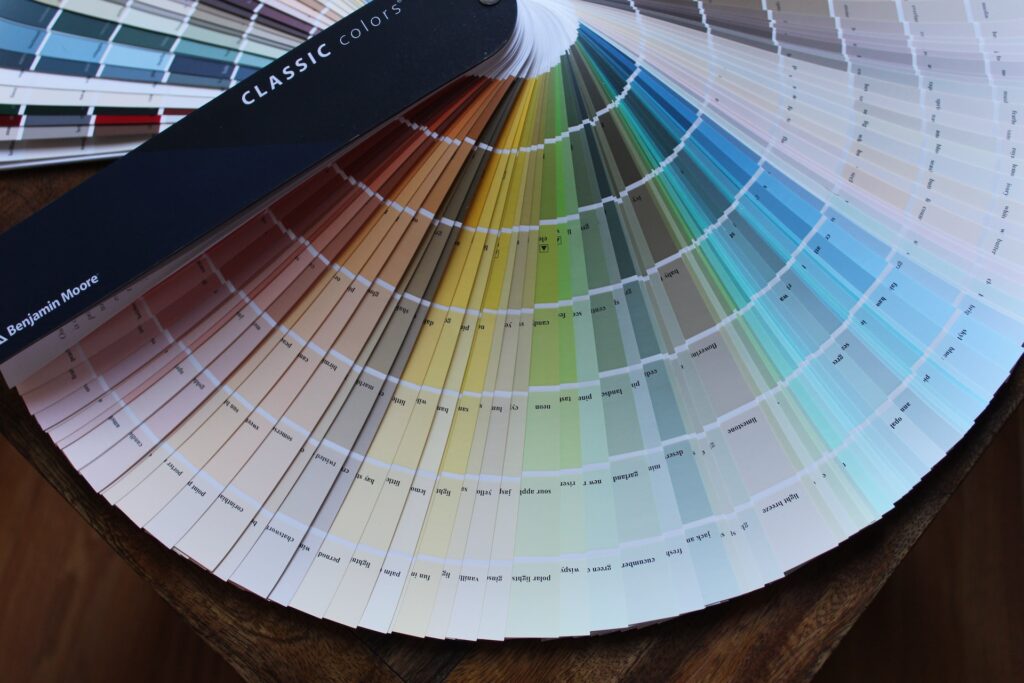
This is probably the most classic and reliable tip — try it before you buy it! If you don’t need a 100% match but just want to get close to a color, you may be able to eyeball the shade and figure out what matches most closely. Head to your local home improvement or paint store and grab some cards.
Bring them home and narrow down the choices to three options. From there, you can buy small batch samples and try the choices on the walls or furniture you plan to paint. Choose the one matching most closely.
This is a tried-and-true tip because it eliminates uncertainty. Rather than feeling discouraged that you bought the wrong paint hue, make sure the color-matching effort is a success by taking the extra time to refer back to the store and try samples.
3. Buy a Color Matcher
There are tools on sites such as Amazon for under $100 that allow you to match paint. Point the gadget at the surface you want to match, and the device removes shadows, ambient light and harsh flares from fluorescents.
You’ll get an exact list of the mix you need for the color. Many of the devices also offer ideas for a full palette and additional options.
4. Gather Paint Chips
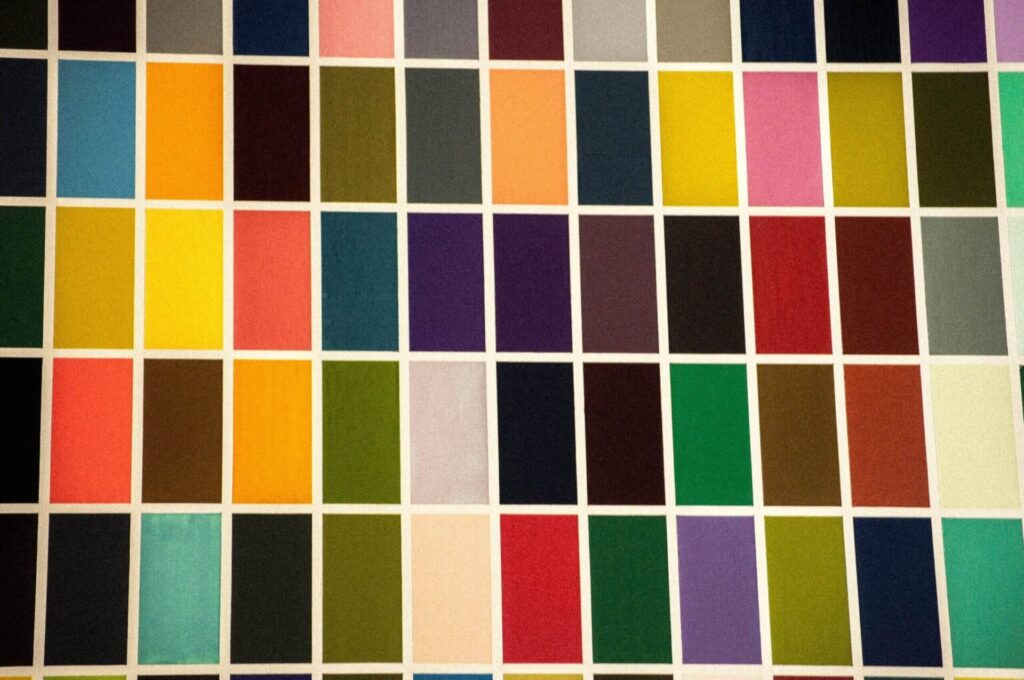
Some stores offer a small surface painted with the color. So, you might have a piece of drywall, plywood or other material. Most stores offer the chips free or inexpensively. Gather a few you think are a close match to what you want.
Take the samples home and hang them on your wall to see how they look. If you’re trying to approximate a current shade, so you don’t have to use as many coats of paint, this might be a viable option. Close enough may work just fine in such a scenario.
5. Scan Fabric or Material
If you want to match a color you’ve seen and love, take a swath of fabric or other material to the paint store and scan it. The advanced electronic tools in-store are usually highly accurate. They’ll be able to offer an extremely close option to the hue you love.
Make sure you take a large enough piece for them to scan easily. The tinier the sample, the more difficult it will be to get the color aligned in the scanner.
6. Cut a Piece of Painted Wall
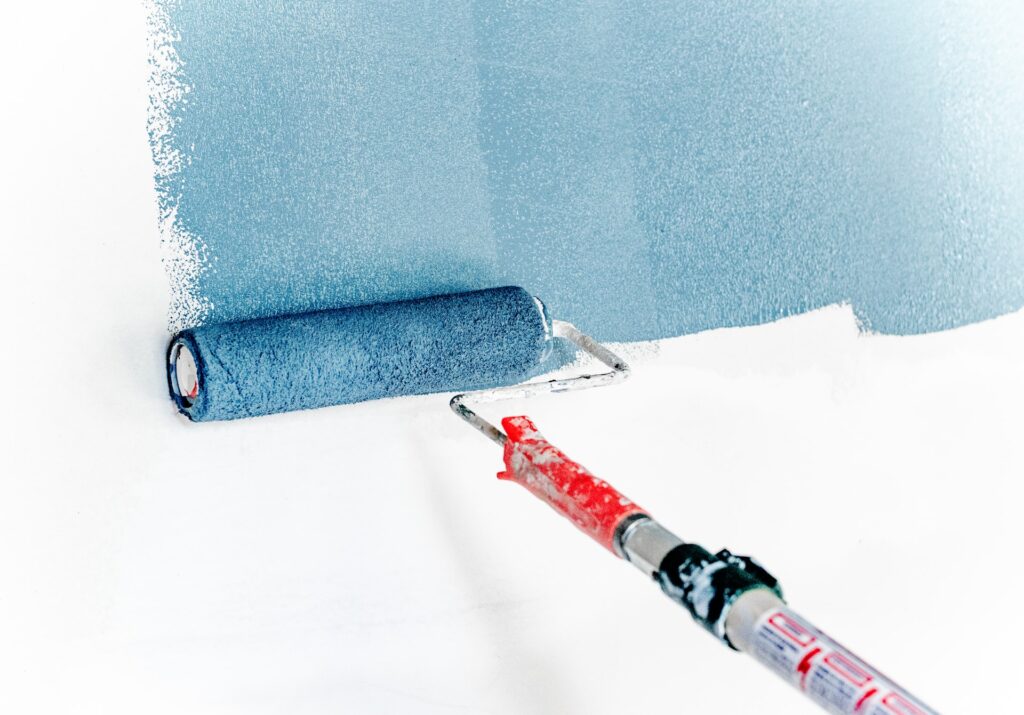
If you have paint on the wall, keep in mind brushing over one section rarely works. Over time, the colour may fade from exposure to the sun or use. It’s most likely you’ll need to cover a full wall at a minimum.
What cutting a small section very carefully in an out of the way space does is allow the paint mixing department to come up with a colour as close to the original as possible. You can then complete one wall instead of every wall in your home.
How to Match Paint Colors With Less Stress
Matching paint colours isn’t as easy as it sounds, but you can get close to the shade you want with a little footwork and determination. Keep in mind you may have to paint a full wall as fresh paint will often have a sheen old paint does not. However, finding the exact hue you love doesn’t have to be complicated or time consuming.
